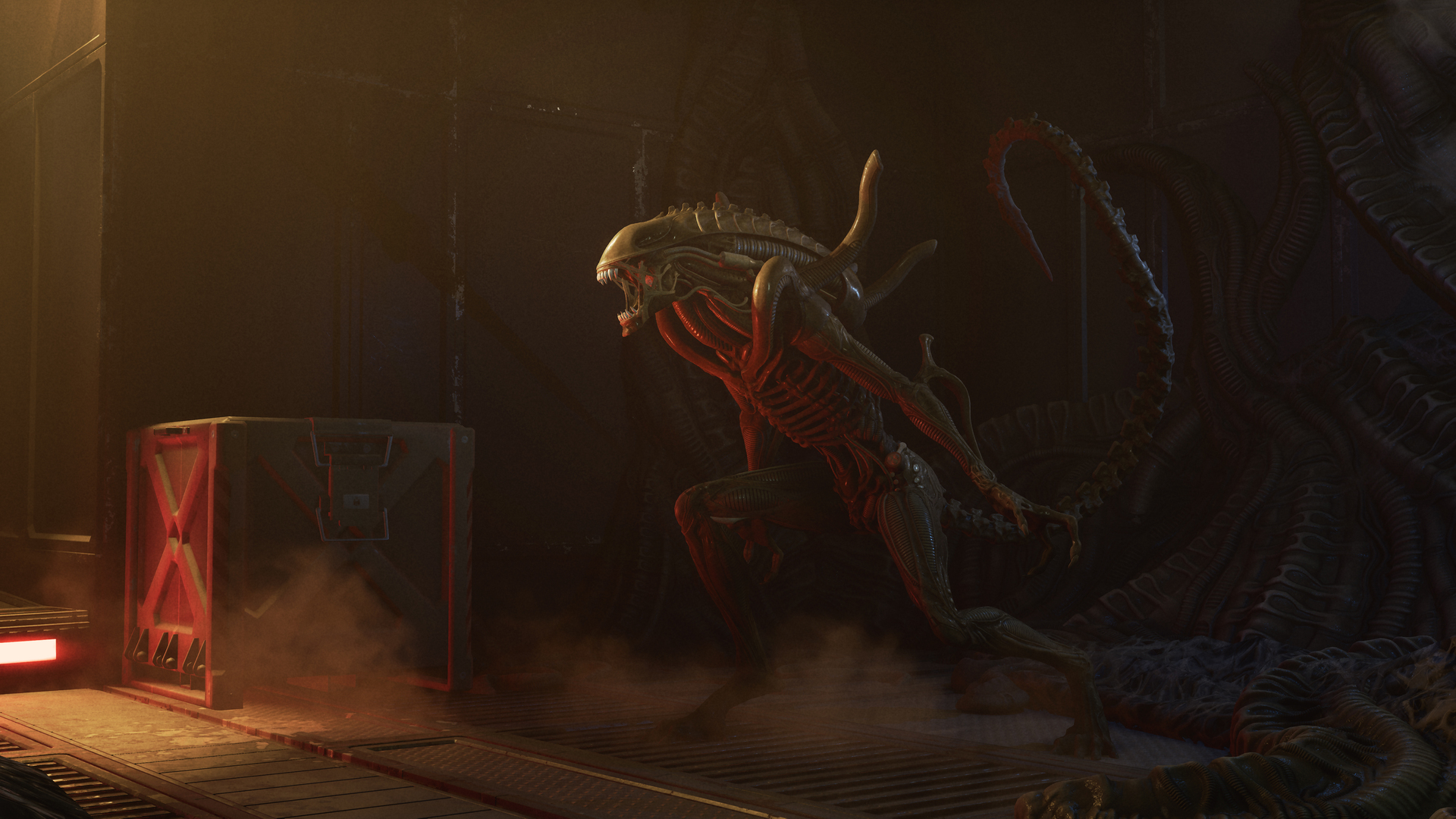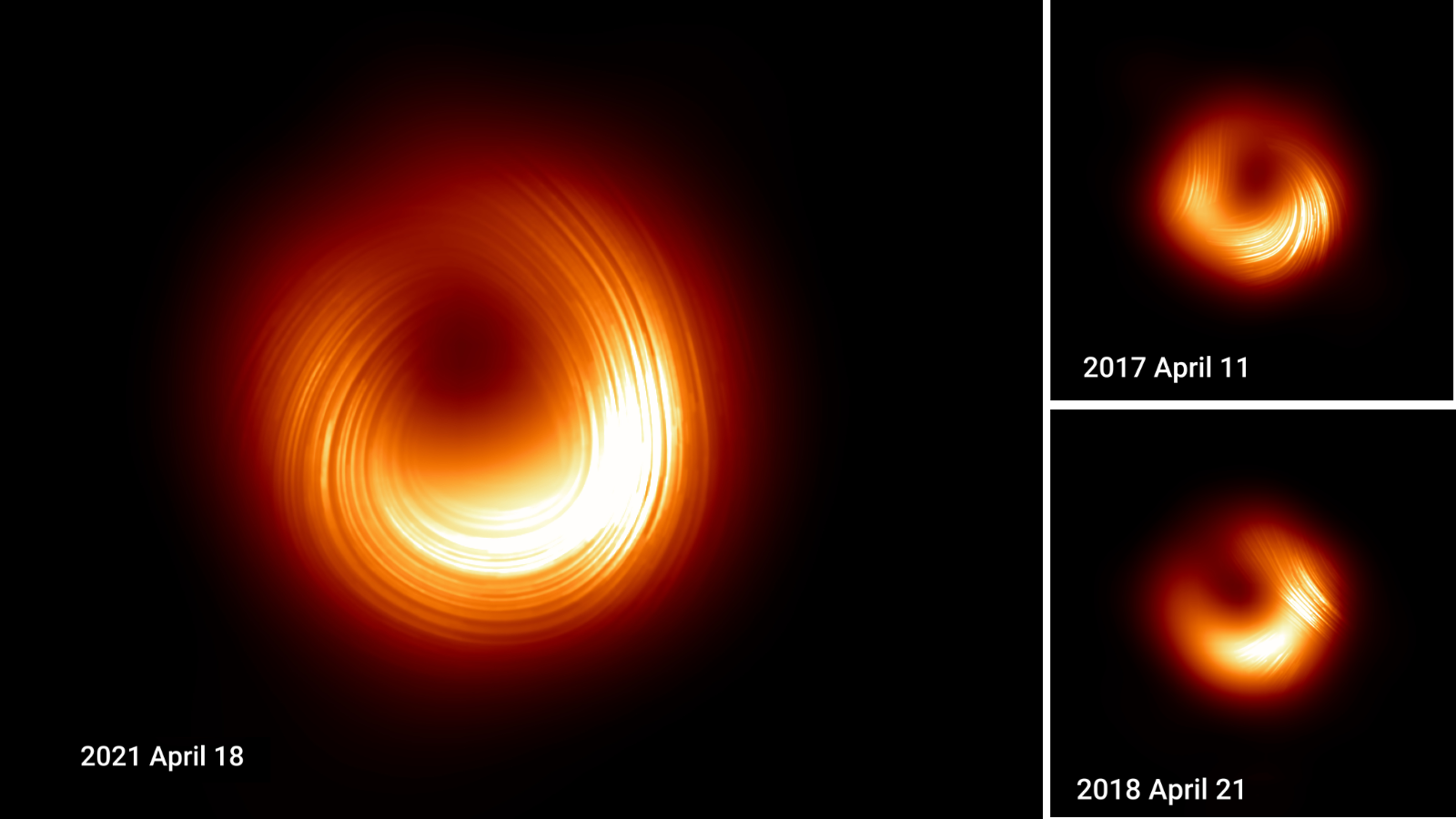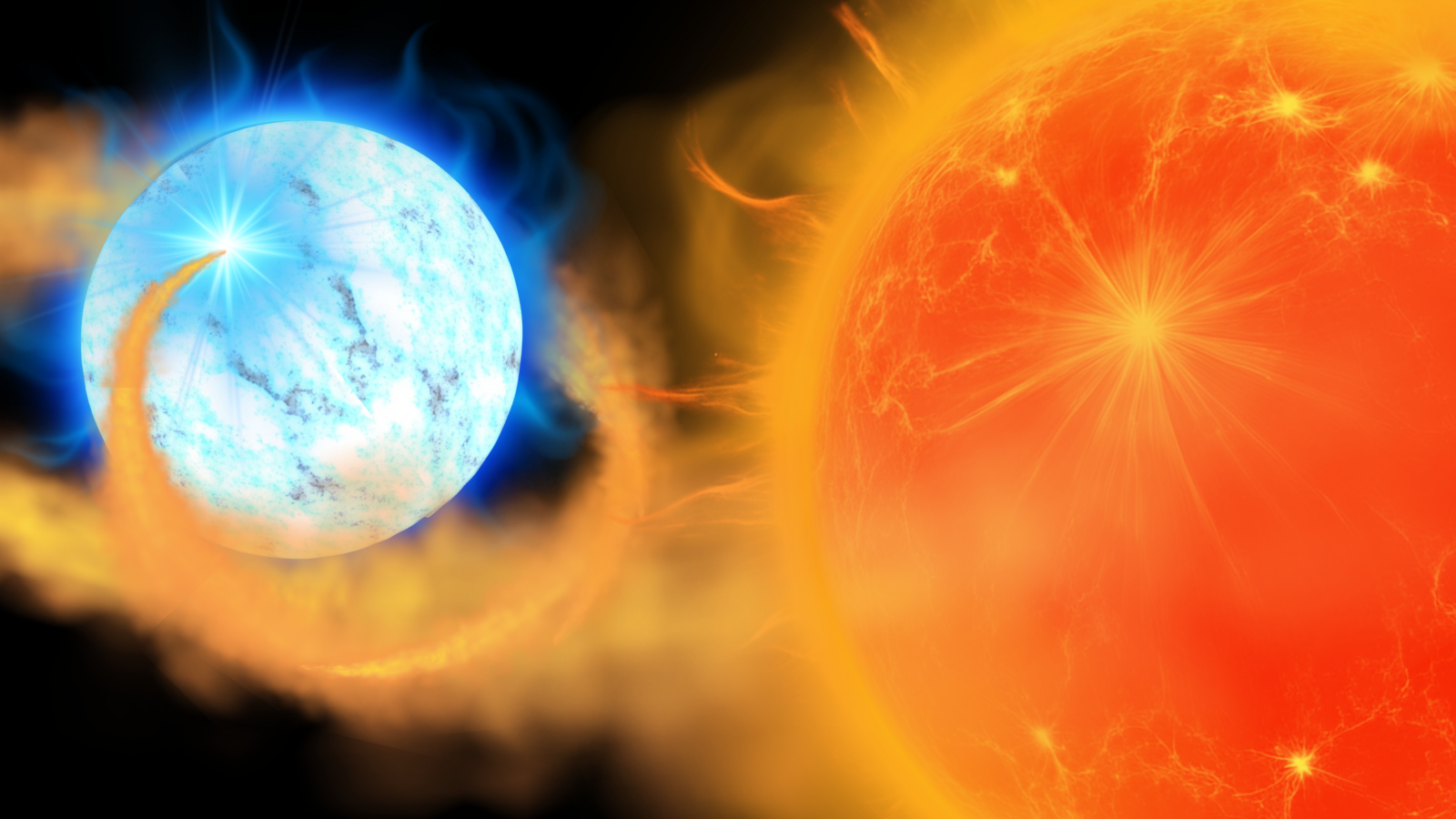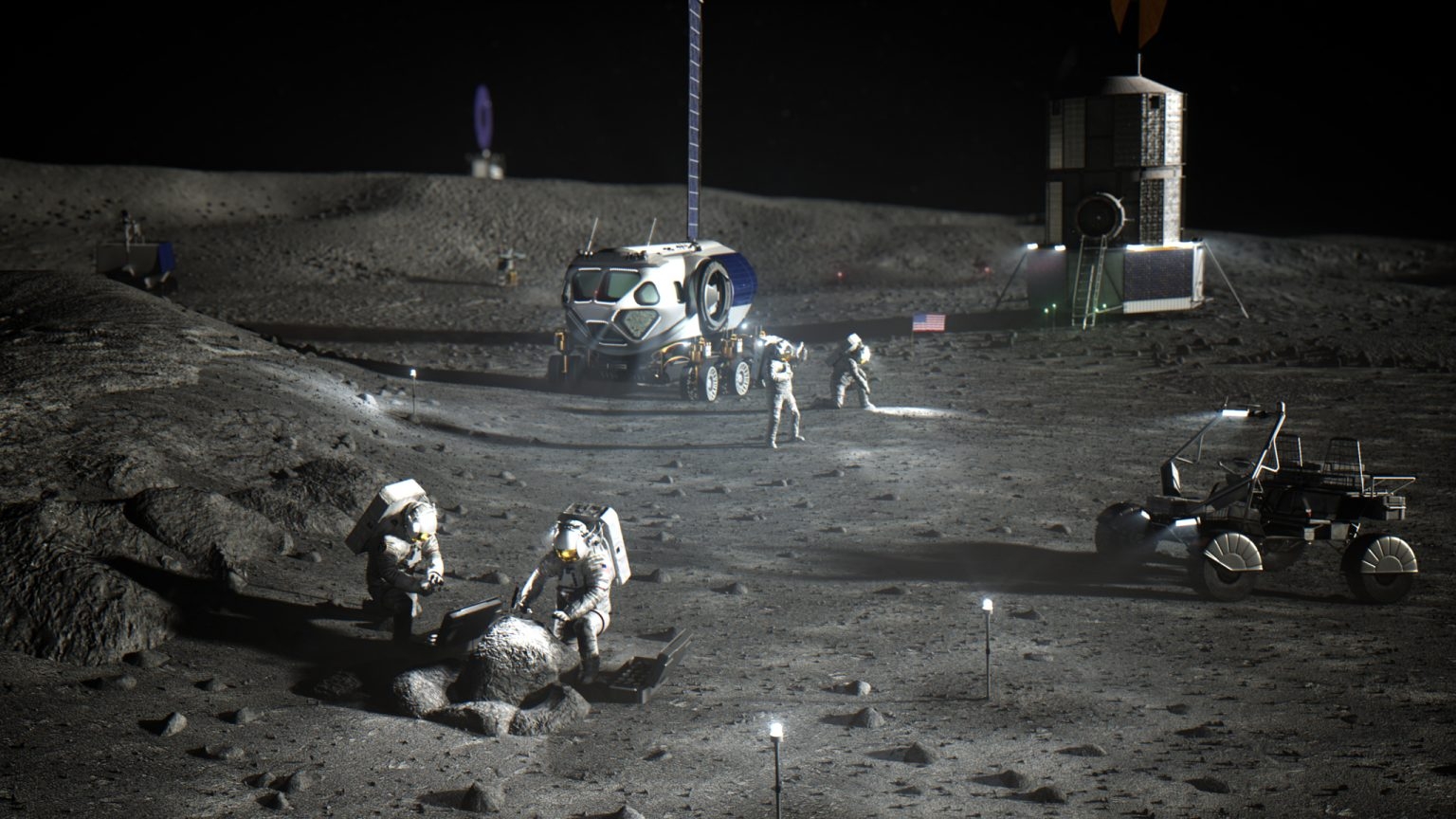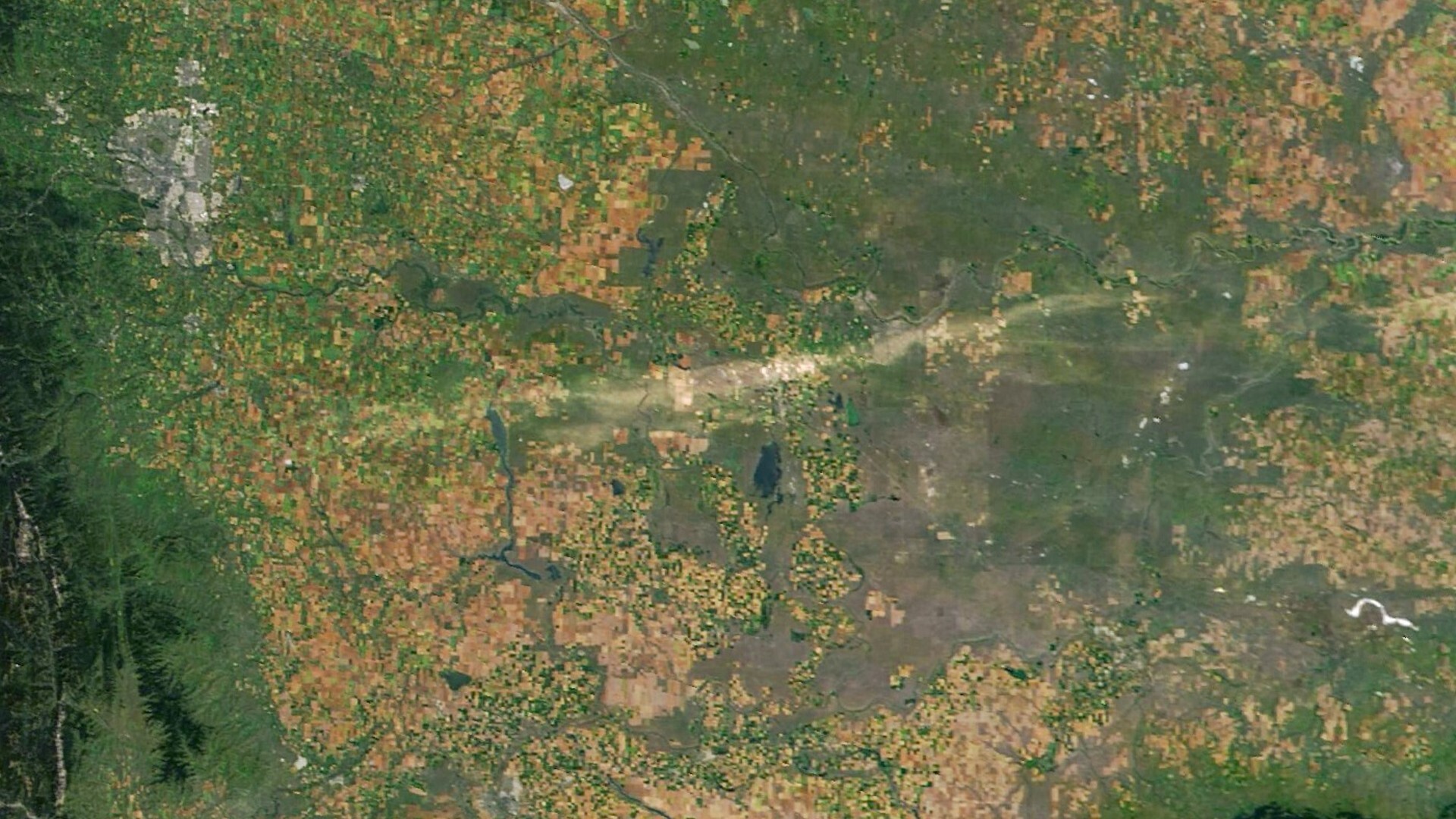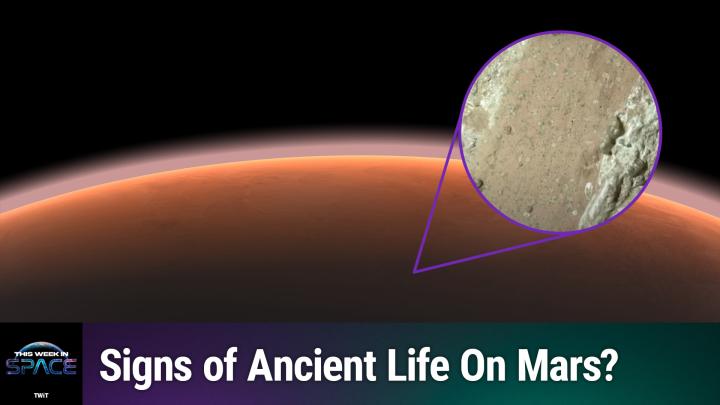‘Alien: Rogue Incursion Evolved Edition’ hatches surprise Xbox Series X|S release with chaotic launch trailer (video)
Screenshot from “Alien: Rogue Incursion Evolved Edition.” (Image credit: Survios) As the Alien franchise enjoys a resurgence across film and TV following 2024’s Alien: Romulus and the just-released Alien: Earth show, it comes as no surprise that 20th Century Studios is also ramping up the number of video game projects featuring Xenomorphs. After a timid […]
